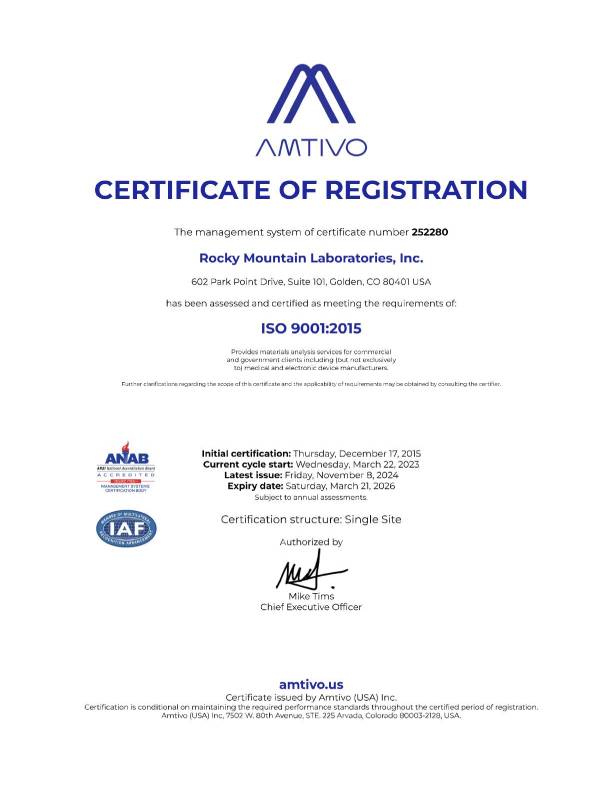X-ray Photoelectron Spectroscopy (XPS) and Energy Dispersive X-ray Spectroscopy (EDX) are both analytical techniques used to characterize the elemental composition of materials, but they operate on different principles and have distinct applications.
- X-ray Photoelectron Spectroscopy (XPS):
- Principle: XPS, also known as Electron Spectroscopy for Chemical Analysis (ESCA), is based on the photoelectric effect. It involves irradiating a sample with X-rays, which causes the ejection of photoelectrons from the sample surface. The kinetic energy and number of ejected electrons are measured to determine the binding energy of the electrons, providing information about the elemental composition and chemical states of the elements in the sample.
- Depth of Analysis: XPS provides surface-sensitive information, typically probing the top few nanometers of the sample.
- Spatial Resolution: High spatial resolution, allowing for detailed analysis of small areas.
- Energy Dispersive X-ray Spectroscopy (EDX):
- Principle: EDX, also known as Energy Dispersive X-ray Analysis (EDXA) or EDS (Energy Dispersive Spectroscopy), involves detecting characteristic X-rays emitted by a sample when it is bombarded with high-energy electrons (e.g., in scanning electron microscopy). Each element has characteristic X-ray energies, and by analyzing the emitted X-rays, the elemental composition of the sample can be determined.
- Depth of Analysis: EDX provides information from a larger volume of the sample, with the depth of analysis depending on the penetration of the incident electrons.
- Spatial Resolution: Generally lower spatial resolution compared to XPS, making it suitable for bulk analysis or larger areas.
In summary, XPS is a surface-sensitive technique that provides detailed information about the chemical states of elements on the top few nanometers of a sample. On the other hand, EDX is a bulk analysis technique that provides information about the overall elemental composition of a larger volume of the sample. Both techniques are valuable tools in materials science, chemistry, and various other fields for characterizing materials at the atomic and molecular levels.



